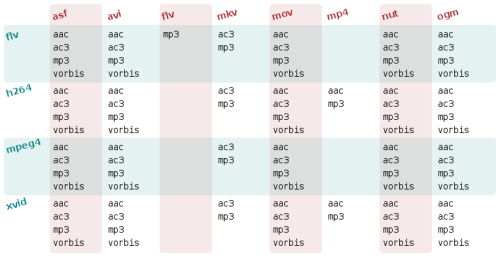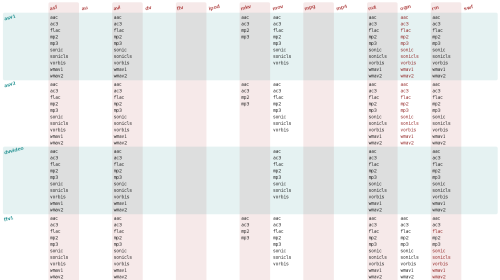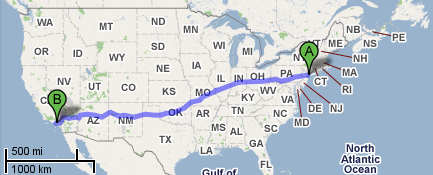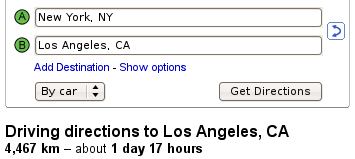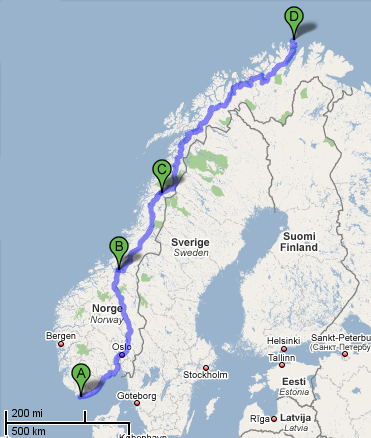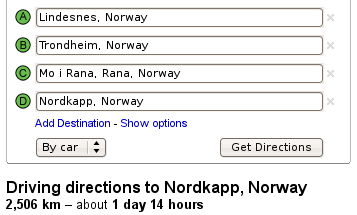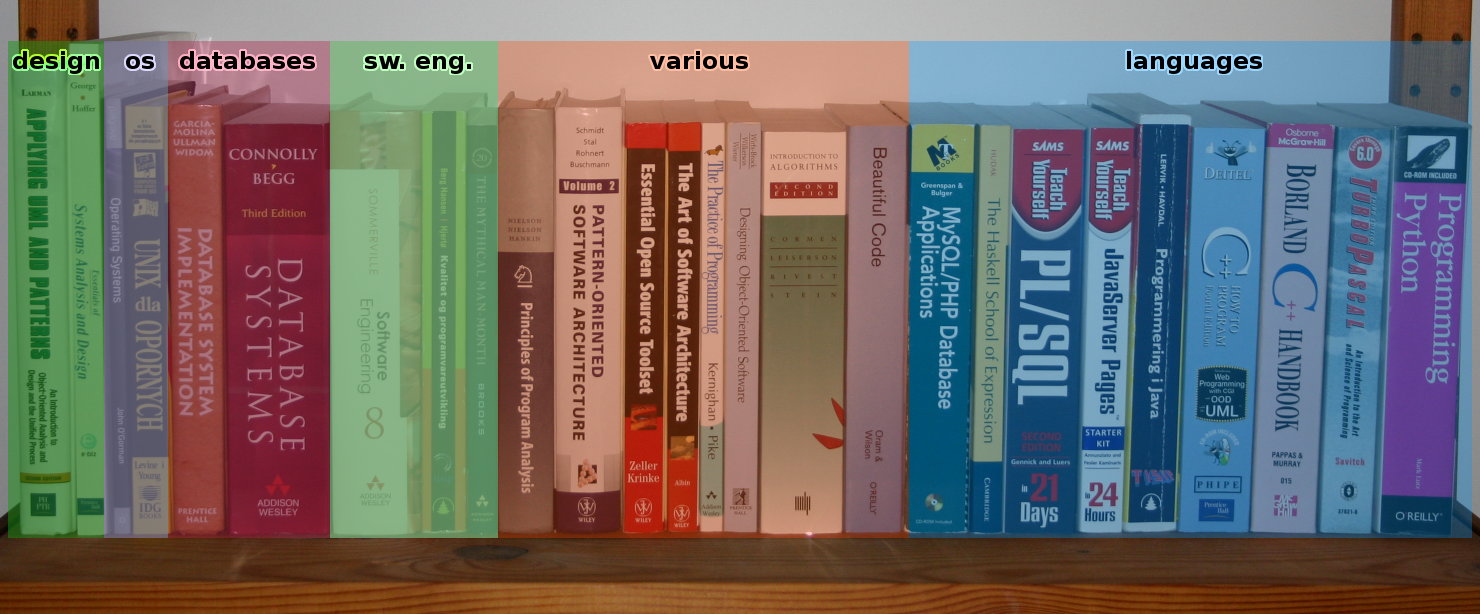When I started undvd I set out to solve one very specific, yet sizeable, problem: dvd ripping&encoding. I did that not because I really felt like diving head first into the problem would be fun, but because there was nothing "out there" that I could use with my set of skills (none). Meanwhile, I needed a dvd ripper from time to time, and since I didn't need it often I would completely forget everything I had researched the last time I had used one. This was a big hassle, I felt like I had no control over the process, and I could never assure myself that the result would be good. Somehow, somewhere, there was a reason why all my outputs seemed distinctly mediocre. Visibly downgraded from the source material.
Writing undvd was a decent challenge in itself, because of all the complexity involved in the process. I had to find out all the stuff about video encoding that I didn't really care about, but I thought if I put it into undvd, and make sure it works, then I can safely forget all about it and just use my encoder from that point on. When you start a project you really have no idea of where it's going to end up. undvd has evolved far beyond anything I originally set out to build. That's just what happens when you add a little piece here and another piece there. It adds up.
It's been about 20 months. undvd is quite well tested and has been "stable" (meaning I don't find bugs in it myself anymore) for over a year. One of the by products is a tool called vidstat for checking properties of videos. I wrote that one just so I could easily check the video files undvd was producing. But it turns out to be useful and I use it all the time now (way more than undvd). In the beginning I was overwhelmed by the number of variables that go into video encoding, and I wanted to keep as many of them as I could under tight control. I have since backtracked on a number of features I initially thought would be a really bad idea for encoding stability. But that's just the way code matures, you start with something simple and when you've given it enough thought and enough tests, you can afford to build a little more complexity into the code.
Codec selection landed just recently. And once I was done scratching my head and trying to decide which ones to allow and/or suggest, I suddenly realized that with this last piece of the puzzle I was a stone's throw away from opening up undvd to general video conversion. Urgently needed? Not really. But since it's so easy to do at this point, why not empower?
The new tool is called encvid. It works just like undvd, stripped of everything dvd specific. It also doesn't scale the video by default (generally in conversion you don't want that). So if you've figured out how to use undvd, you already know how to use encvid, you dig? :cap:
Demo time
Suppose you want to watch a talk from this year's Fosdem (which incidentally, you can fetch with spiderfetch if you're so inclined). You get the video and play it. But what's this? Seeking doesn't work, mplayer seems to think the video stream is 21 hours long, that's obviously not correct (incidentally, I heard a rumor that ffmpeg svn finally fixed this venerable bug). It seems a little heavy handed, but if you want to fix a problem like this, one obvious option is to transcode. If the source video is good quality, at least from my observations so far, the conversion won't noticeably degrade it.

So there you go, a conversion with the default options. You can also set the codecs and container to your heart's content.
You can also use encvid (or undvd for that matter) to cut some segment of a video with the --start and --end options. :)
I'm sold, where can I buy it?
- Gentoo: undvd-0.6.0 is already in portage :cool:
- Ubuntu: use my personal package archive (small apt repository)
- Rpm/others: grab it from sourceforge

 September 18th, 2008
September 18th, 2008
